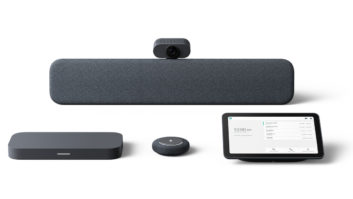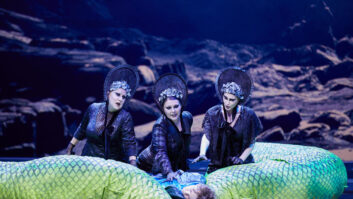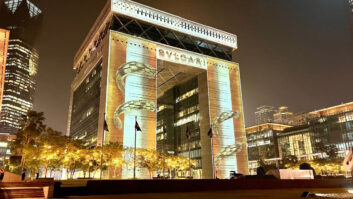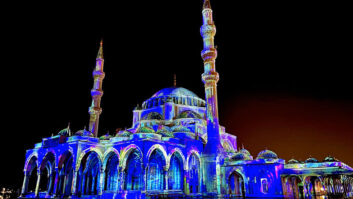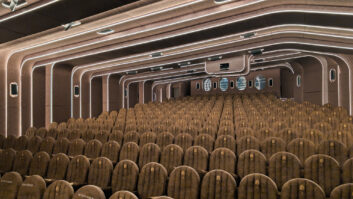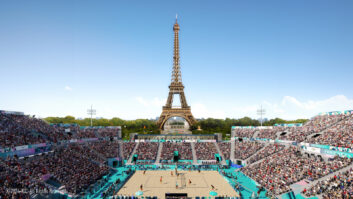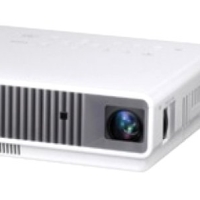
Two recent announcements may have confirmed that, just as the projection industry is starting to get used to the idea that traditional lamps are increasingly being replaced by LEDs, laser technology may soon be a force to contend with.
The first announcement was from Casio. The company launched its first ‘Hybrid Light Source’ projectors at ISE in 2010 – and has just followed that announcement with the launch of no fewer than twelve new projectors featuring the same illumination technology.
What is a ‘Hybrid Light Source’? It acknowledges the many advantages of LED as a light source – that it is more environmentally friendly, lasts longer, costs less and delivers more accurate colours – and addresses the fundamental limitation of LED technology to date: its relative lack of brightness. As such, it combines both LED and laser technology. A red LED is used to create red light: blue and green are created by shining the laser through a colour wheel (a proven technology fundamental to single-chip DLP) which has a clear section to create blue light, and a green phosphor section that converts the blue laser’s output to green. What’s interesting is that this approach allows Casio to deliver projectors with all the advantages of being lamp-less – but also capable of delivering up to 3,500 lumens. So far, the brightest projector based exclusively on LED technology was a prototype demonstrated by NEC at InfoComm in 2010, which was capable of 2,000 lumens – but which doesn’t appear to have become a commercial product. More typical is projectiondesign’s LED-based FL32, with a brightness of 700 lumens.
Just five days before Casio’s most recent announcement was another that confirmed the growing interest in lasers as an alternative, higher brightness light source for projectors. LIPA – the Laser Illuminated Projector Association – was launched, with the goals of explaining the benefits of laser illuminated projectors, advocating for a positive regulatory environment, and developing appropriate training guidelines. Significantly, its founder members include Barco, Christie Digital, NEC and Sony – the four premier suppliers of digital cinema projectors. Digital cinema projectors need to be capable of delivering extraordinary levels of brightness: the world’s brightest projector is, at 43,000 lumens, the Barco DP2K-32B. Kodak has already demonstrated an 11,000 lumen laser-based digital cinema projector.
The attraction of laser technology to the digital cinema industry is the significantly lower costs it promises when compared with the cost of ownership of projectors based on traditional Xenon lamps. However, today – in the US at least – use of laser-powered high brightness projectors is restricted by (outdated) law, with any organisation planning to use such a device required to seek a so-called “variance”. LIPA will certainly be lobbying to get the law updated, thus paving the way for the commercially-viable development of laser-based digital cinema projectors.
